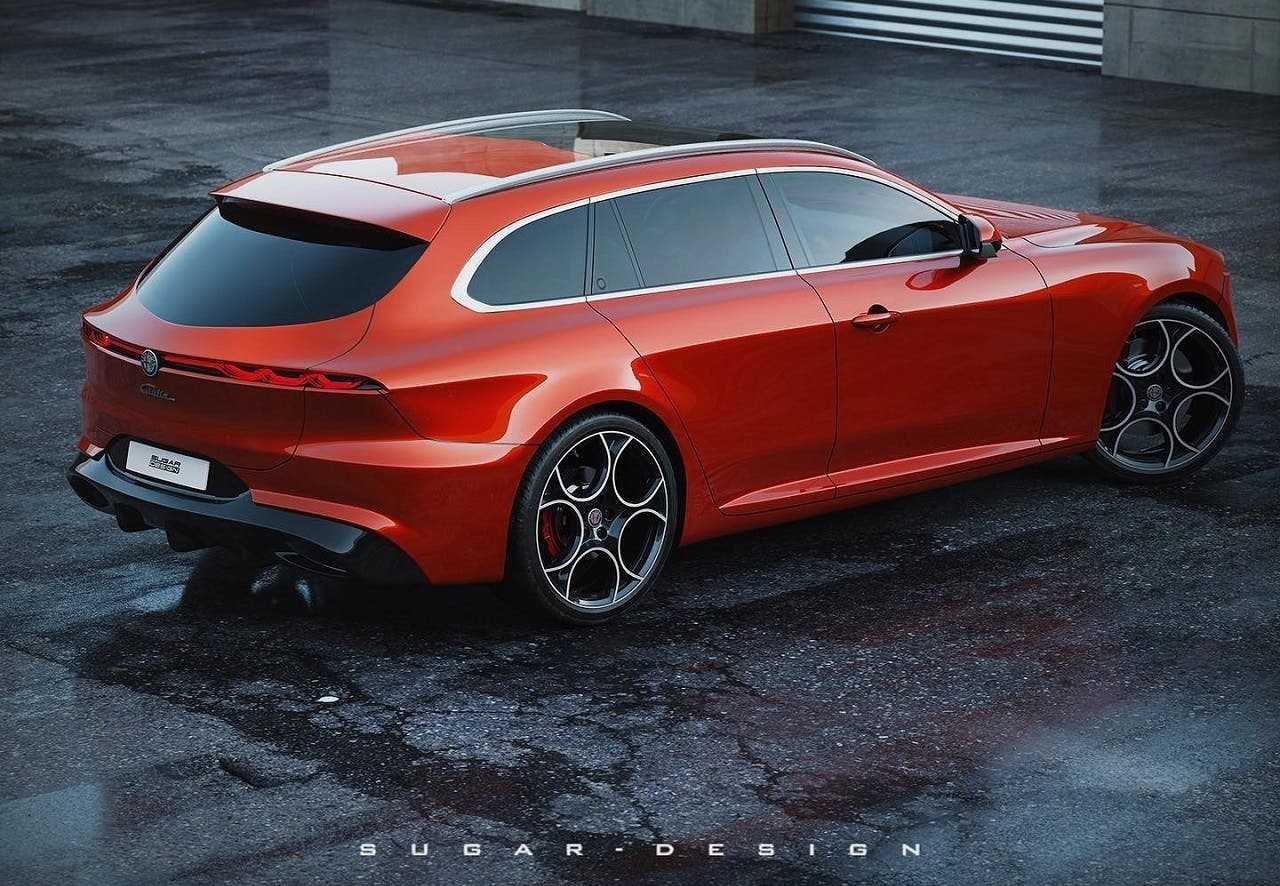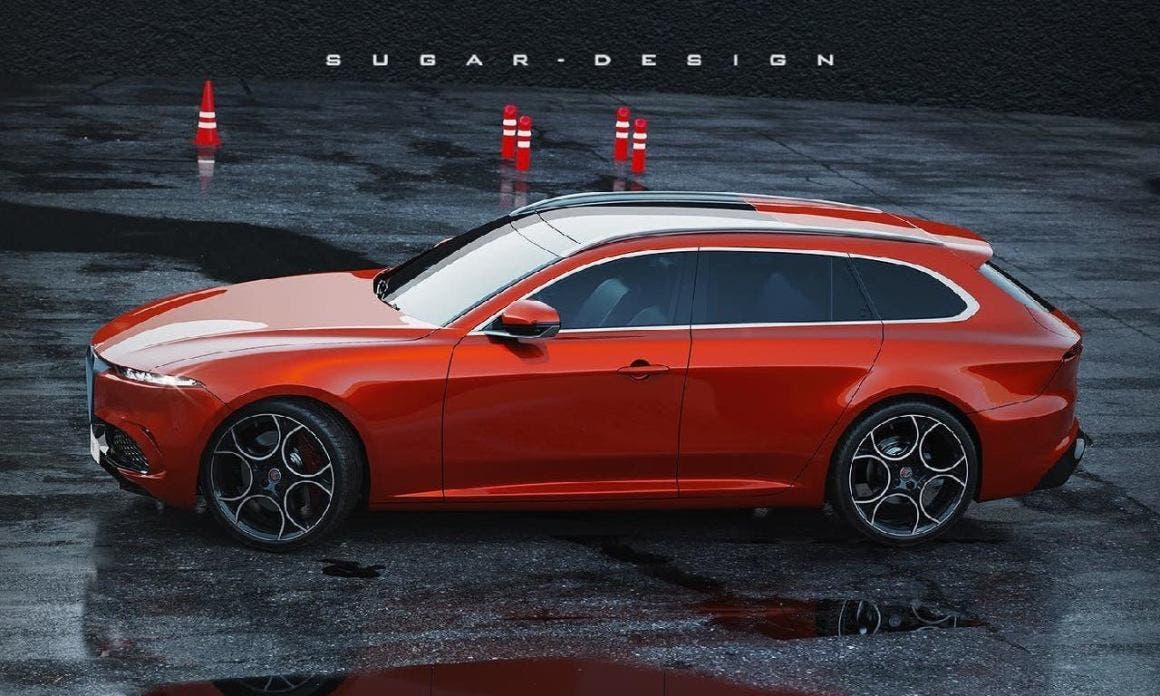In a recent interview with Autocar, Jean Philippe Imparato, the CEO of Alfa Romeo, shared some interesting information about the future of the Italian car manufacturer. Among the various topics discussed, the next generation of Alfa Romeo Giulia, the brand’s beloved D-segment sedan, was also mentioned, confirming that the new Giulia will see the light of day in the spring of 2026. Alejandro Mesonero Romanos, the head of design at Alfa Romeo, added that the car will be characterized by a truly captivating coupé design, describing it as “super cool”.
Alfa Romeo’s CEO would immediately make a Giulia station wagon variant

Speaking about the fact that future projects have not yet been approved, Imparato stated that after 2028, the car manufacturer may rethink its offerings in some segments. Much will depend on how the market evolves in the meantime and whether SUVs will still have the same appeal as they do now. Imparato also stated that it has not yet been decided whether a new Alfa Romeo E-SUV, a rival to the Porsche Cayenne, or a successor to the Giulietta will arrive in 2027.
Regarding the Alfa Romeo Giulia, Imparato said: “I could even decide to make a station wagon with the Giulia. We could do it right away, but what would be the market for such a model? It would be fantastic, an Alfa Shooting Brake, but what would be the sales volume for a model of this type?”.
The possibility of seeing a new Alfa Romeo Giulia Station Wagon on the market will mainly depend on consumer trends and demands. If in the future the demand for SUVs decreases and customers show a renewed interest in station wagons, then Alfa Romeo could consider the idea of launching this variant of the Giulia. Thanks to the Stellantis group, Alfa Romeo would have the necessary technology to create this model in a relatively short time. However, if market preferences remain oriented towards SUVs, as is currently the case, the return of a Giulia Station Wagon would seem unlikely, if not impossible.
The main reason for this difficulty lies in the potentially reduced sales volumes that such a model could generate. In a market context dominated by SUVs, a station wagon may not achieve sufficient sales numbers to justify the investments necessary for its development and production, making the project unprofitable for the company.
